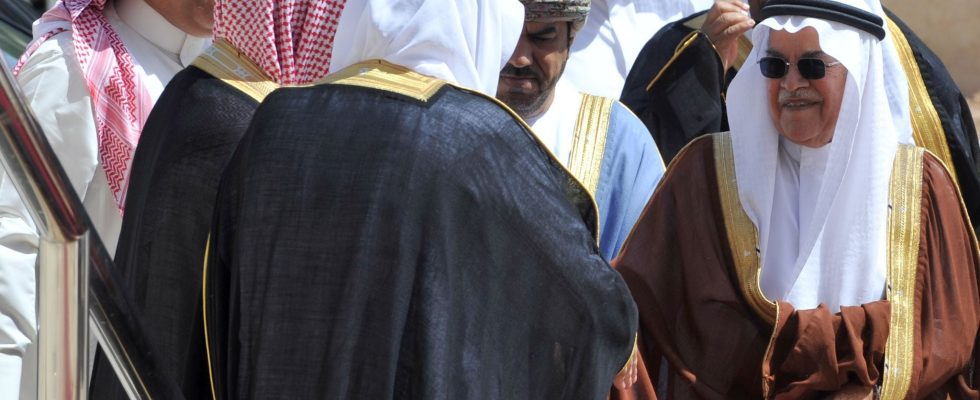The objective is to support prices undermined by economic uncertainty. Riyadh and Moscow, pillars of the OPEC + alliance of oil exporting countries, announced on Sunday March 3, with other members, to extend their voluntary cuts until mid-2024. Saudi Arabia will continue to cut its volume by one million barrels per day (bpd) for the period from April to June, according to its Ministry of Energy, cited by the official Saudi Press Agency (SPA) . Russia also reported an expansion of 471,000 bpd, covering both production and exports.
In both cases, these measures are in addition to the reduction of 500,000 barrels announced in April 2023 and which runs until the end of 2024. Riyadh is counting on high oil prices to finance a major economic diversification program intended precisely to exit the kingdom of its dependence on crude exports. For Moscow which, in the face of Western sanctions, has redirected its exports en masse towards China and India, it is also an essential windfall to finance its military offensive in Ukraine.
Within OPEC +, other countries have followed suit and will tighten the valves for three more months, such as Iraq, the United Arab Emirates, Kuwait and Kazakhstan. This coordinated strategy was unveiled in spring 2023 for a total of 1.6 million barrels daily, before being reinforced during the summer.
Fragile unity
In anticipation of these extensions, oil prices jumped on Friday, with the American West Texas Intermediate (WTI) occasionally rising above $80, a first since November. The barrel of Brent from the North Sea reached a high in one month, ending at 83.55 dollars. But prices remain far from their short-lived surge to nearly 100 dollars at the end of September and especially from the 140 dollars reached following the Russian invasion of Ukraine.
However, the alliance is sparing no effort: it is keeping a total of more than 5 million barrels per day underground compared to the end of 2022, playing on the scarcity of supply to boost prices.
OPEC, which brings together 13 members under the leadership of Riyadh, chose to form an alliance in 2016 with ten other countries, including Moscow, in the form of an agreement called OPEC +, to respond to the challenges posed by American competition. . Objective: that “decisions are taken collectively or at least that the burden is shared between a larger number of people”, explains Jorge Leon, analyst at Rystad Energy, to AFP. “Everyone is supposed to contribute. And no one goes it alone,” he emphasizes.
Divergences within the alliance
However, for almost a year now, Saudi Arabia has done without the unanimity of its members in the face of differences. “It is a clear signal that the cohesion of OPEC + is not very good”, an “alarm signal”, believes the analyst. A unit faltering to the point that Angola announced in December that it was withdrawing from the alliance, precisely against a backdrop of discord over its quotas, now reduced to 22 members. Brazil has certainly just joined the group but as an “observer”.
The next ministerial meeting, scheduled for June 1 at the cartel headquarters in Vienna, Austria, will be a new test. During this meeting, OPEC + must set its production objective for 2025. For Jorge Leon, “other countries will have to contribute to official reductions” within the framework of a common agreement, at the risk of see the alliance falter.
